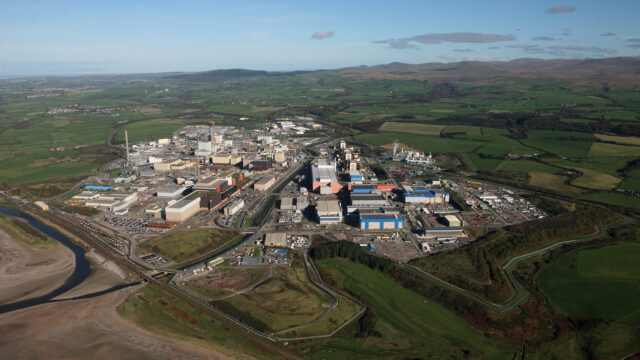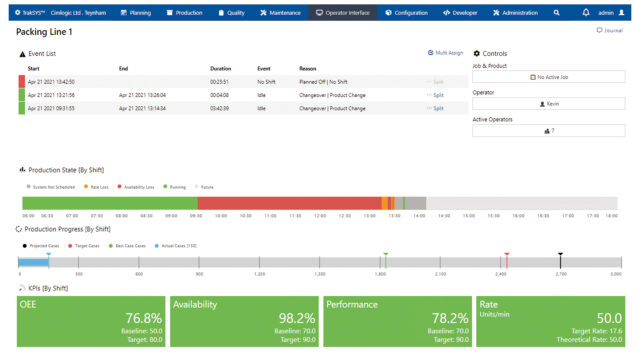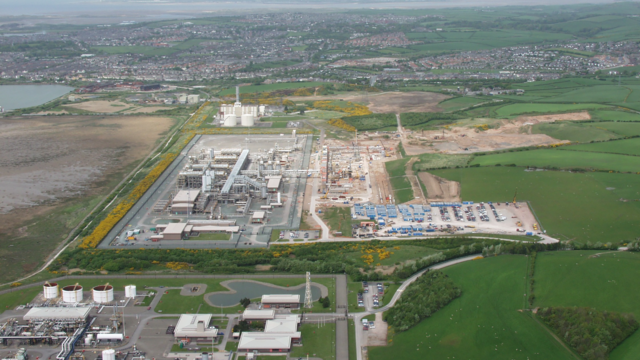Regulatory Requirements
The recording of control rod drop times is a regulatory requirement of the nuclear site license. To overcome the spares issues with obsolete equipment, ITI Group developed a Rod Drop Monitoring system using commercially off-the-shelf hardware and software. The solution can be easily adapted to the requirements of any nuclear power station, and has a proven install base.
SYSTEM BENEFITS
Automatic data processing:
The previous system involved laborious manual intervention to process & print the data charts. All data processing & chart printing is fully automated in the new system.
Calibration facility:
The system includes a calibration spreadsheet HMI to allow operators to calibrate the rod height data against actual rod height (conversion of pulse inputs into analogue rod height).
Resolution:
The system provides increased resolution & extended windows for the data charts. This enhances the data quality for ‘post trip’ analysis work.
Chart Display:
multi-line detailed charts showing 2secs before trip and 28secs afterwards.
Security:
User access is based on an ‘administrator controlled’ user privileges set-up.
File management and archiving facility:
offering user-friendly off-line storage of trip & calibration data.
Real-time rod height display & slack switch status
Automatic collection of ‘reactor trip’ data.
Data window requirements:
- Data window to start at 2 sec. pre trip condition.
- Data window to extend for 28 sec. post trip condition
- Data collection to include all 121 rods.
- Data resolution: 20 msec.
Data visualised through chart display & printouts:
rod height versus time.
System calculates intermediate values
Alarm system
including reactor trip, power supply failure & system health status
How we’ve helped other businesses like yours

Sellafield FGMSP Digital Twin and 3D Planning Tool
ITI Group worked with Sellafield to create a digital twin of the FGMSP, plus an integrated 3D interactive planning tool, to determine the most effective sequences for waste removal based on a myriad of interdependencies.

Purity Soft Drinks Achieved Efficiency Improvements of 20%
Leading soft drinks manufacturer achieves OEE efficiency gains and data insight to drive continuous improvement from real-time OEE platform.

Spirit Energy Digital Transformation
After just one year of collaborating with ITI Group on their Digital Transformation programme, Spirit Energy are already seeing the benefits of a properly managed data solution.
How can we help you?

